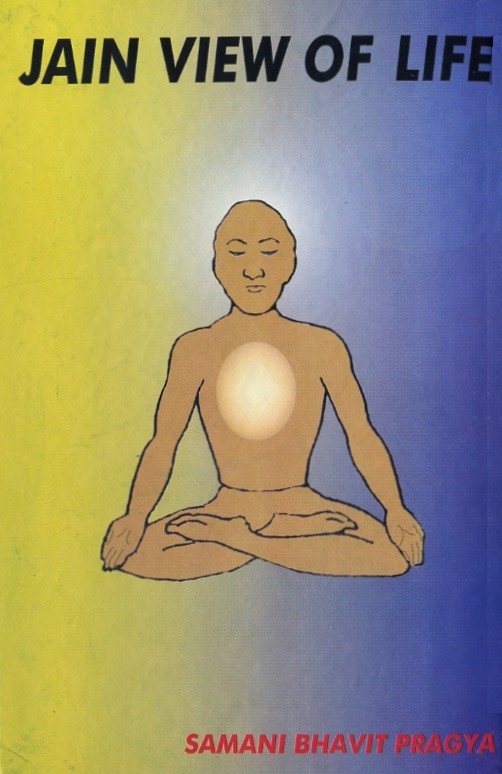Sarvangasan (Shoulder stand)
"Sarva" means whole, and "anga" means part. As the combination suggests, it tones up all organs of the body.
Position:
Process:Lie on the back. Place the hands 4 to 6 inches away from the trunk. Rest the palms facing downward by your side. Keep the feet together and the legs straight.
 Time:
Time:While inhaling, lift both legs up to 90 degrees. Exhale and retain the pose for a moment. Now, while inhaling, raise the waist, support it with the help of your hands, keeping the thumb towards the front and the fingers at the back. Now push the legs upwards, keeping the elbows resting on the floor. Press the chin to the throat cavity. Support the body at the hip region by the hands. Try to keep the legs, hips and trunk as vertical as possible. Hold this pose until it becomes uncomfortable. Let the eyesight focus on the big toes. Retain this posture for as long as possible. Gradually bring down the whole body, letting the legs fall forward,. Return to the supine position.
Vipareetkarani posture is just like sarvangasana, having a little difference in the position of the body. In Vipareetkarani, the legs are not as straight as in sarvangasana. In a slanted position, the legs bend to 120 degrees.
Thirty seconds to five minutes. Increase by one minute every week. While lifting the legs, remember to inhale and then exhale. When lifting on shoulders again breathe in. After that, breathe normally.
Benefits:
This asana circulates the rich supply of blood to the body. It produces vitality in the whole body. It helps in banishing signs of age, wrinkles, and gray hair. It stimulates the center of purity (location of the thyroid and parathyroid glands). It also influences the brain, heart, lungs and abdominal organs.
Cautions:
Those people who suffer from high blood pressure and heart disease should not attempt this asana.
 Samani Bhavit Pragya
Samani Bhavit Pragya
